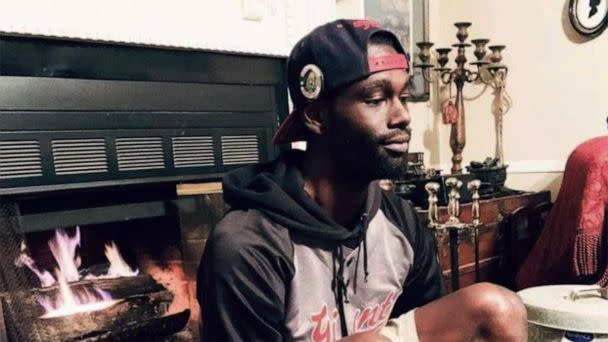Tyre Nichols case: Does diversity in policing address police brutality?
The death of Tyre Nichols, a 29-year-old Black man who died following a violent encounter with Memphis police officers, has put diversity in policing back in the spotlight.
Five now-former officers charged in his death are Black. A sixth officer involved, who is white, has been relieved of duty but not fired or charged. Two Memphis fire department personnel have also been relieved of duty pending an internal investigation in connection with Nichols' care, and they have not been identified.
Diversifying police forces has been a widely proposed police reform policy in the yearslong effort to address racism in policing.
However, activists and researchers say racism in policing doesn't just exist on an individual level, but a systemic one, and Nichols' death is an example of this. Experts say racism can be seen in policing policies and attitudes, which have adverse effects on communities of color.
"Individuals become a part of that system and they adapt the values and norms of that system -- that supersedes the ethnicity or race of the individual," Amara Enyia, a policy and research coordinator for the Movement for Black Lives, told ABC News.
"The Tyre Nichols case, it just shows that, unfortunately," she added.
That this case involved Black police officers does not mean race played no role, Enyia said. Policing and police culture, which perpetuates discrimination against Black citizens, leads to violence regardless of the race of officers involved, she said.

For example, the now-disbanded SCORPION unit connected to Nichols' death was focused on addressing "high crime hotspots" throughout the city, which is 64% Black according to the U.S. Census Bureau.
"But in city after city, for decades now, what police leaders have seen is that the idea of those specialized units almost always leads to the kind of thuggish, cowboy behavior, the extreme version of which we saw in Memphis," said Yale Law School professor James Forman Jr. in an interview with ABC News.
The unit had been criticized by residents for alleged excessive use of force. Its eventual path leading to the brutality against Nichols is emblematic of how policing strategies and policies can lead to negative outcomes in predominantly Black communities.
Systemic racism can be seen in policing by analyzing how communities of color are over-policed, how people of color are more likely to be killed by police even if they're unarmed, and how often police training condones or encourages violence, experts say.
MORE: A look at Memphis police reform amid Tyre Nichols investigation
"When I think of diversity in policing, if we don't change the structures -- the incentive structure, the accountability structure, the consequence structure, the role [of policing] in communities -- it doesn't matter how much diversity we have," said Rashad Robinson, president of civil rights advocacy group Color of Change, in an interview.
Experts and activists agree diversifying police forces cannot single-handedly address issues of police brutality.
Research from Indiana University in 2017 found that in the vast majority of cities, having more Black police officers was "not an effective policy solution."
The analysis of two police database results from 2014 and 2015 found a mixed bag of results: in some cases, having more Black officers would reduce the number of fatal encounters with Black police officers, and in other cases, it showed either no significant relationship or increased violent interactions with Black citizens.

However, another study in 2021 in the journal Science found that diversity has at least some potential in reducing the harm policing can have.
That research found that Black and Hispanic officers made far fewer stops and arrests and used force less often, especially against Black civilians. The study was limited to Chicago, Illinois, and only includes data as recent as 2015.
"Folks would rather put Black and brown faces in certain places rather than having to deal with the structural challenges," said Robinson.
MORE: Police reformers push for de-escalation training, but the jury is out on its effectiveness
Experts recommend focusing on redefining what public safety should look like.
"How do we think about the role of public safety, how do we make investments in mental health, community-based violence prevention programs, de-escalation?" said Robinson. "The communities we know are safe communities are not the communities with a lot of police."
Forman said improved recruitment of civic-minded officers and accountability should also be the focus.
"We have to change who we recruit, how we train them, whether and how we hold them accountable, what mission and mandate we give them, what we tell them they should do and what is legal for them to do," he said. "Those are the things that have to change much more than the individual race of the officer."
ABC News' Peter Charalambous contributed to this report.
Tyre Nichols case: Does diversity in policing address police brutality? originally appeared on abcnews.go.com
